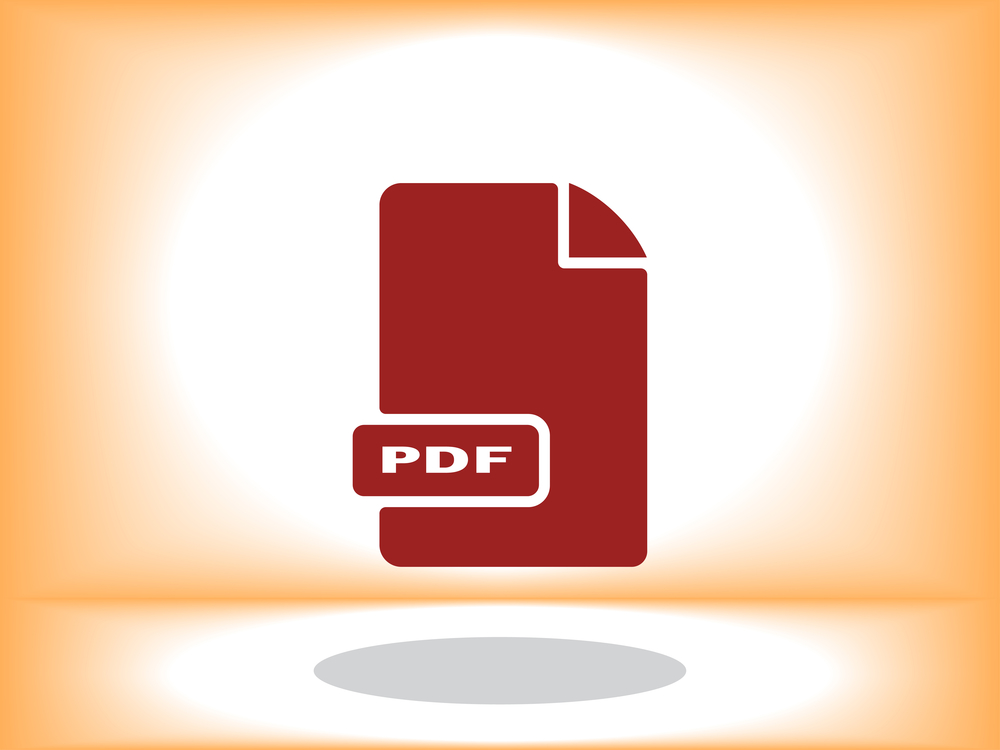Digital Printing from PDF Files
The goal of
digital printing is to reproduce a document in a way that creates a facsimile the original.
Today, a reasonable facsimile isn’t enough. The digital printing output must be a precise representation of your document. But because graphic designers, illustrators, photographers and other digital media creators have so many options for generating documents today, commercial printers couldn’t possibly have every application they might use to create an original.

To provide a universal language (of sorts) for digital printing, the computer software giant Adobe introduced the PDF format file extension.
What Is a PDF and Why Does It Matter?
PDF stands for portable document format. To encourage its use as a universal standard, Adobe makes this technology available for free through a PDF reader, Adobe Acrobat.
This file format allows anyone to reliably exchange digital documents, no matter what software it was created in or what type of computer or operating system they may be using.
Today, commercial printing companies use PDF files almost exclusively.
Elements of a Digital Printing PDF
The PDF format allows you to encode (incorporate) important elements of the document all in one, simple digital file. Once your
commercial printing company gets your file, they will have everything they need to know — other than how many copies you need and what type of paper or card stock you want them printed on.
For example, you can encode the paper size of your document as well as trim and output dimensions. You can also embed your fonts. This means that even if your printing company doesn’t have the fonts that you used, you can still have them in your document.
You can even encode your colors to ensure that the printing process does not change the intended finished appearance.
How Do You Make a Digital Print-Ready PDF?
Once you finish your document and convert it to PDF, you must take one final step, and this is known as “flattening” your digital printing PDF file.
But when you flatten the file, make sure that everything is the way you want it, because once that’s done, you can no longer edit it. To be safe, save a second or backup version of the file before you flatten it. That way, if you do find something that must be changed, you won’t have to start from zero.
You can read more about merging or flattening a PDF on the Adobe site. Or you can talk to the Sun Print Solutions team for guidance.
In Utah and throughout the United States,
Sun Print Solutions provides a full range of printing services. Contact us today to learn more or to request a price quote for offset printing, direct mail, packaging or digital printing.

 To provide a universal language (of sorts) for digital printing, the computer software giant Adobe introduced the PDF format file extension.
To provide a universal language (of sorts) for digital printing, the computer software giant Adobe introduced the PDF format file extension.
